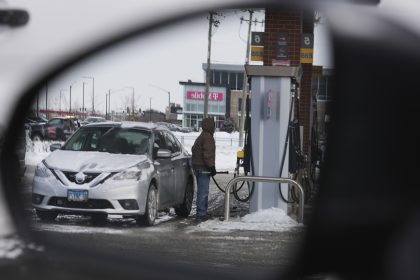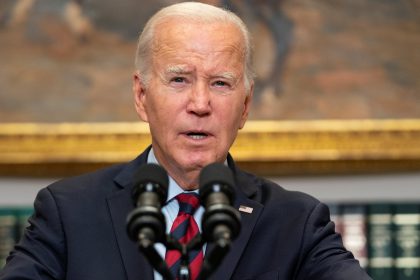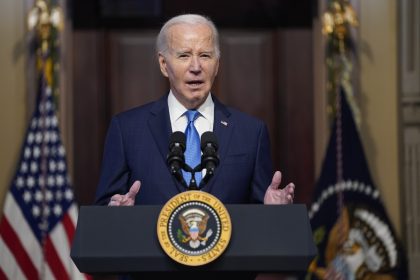Holiday Sales Could Be Higher Than Expected Despite Supply Chain, Inflation Woes

WASHINGTON — Holiday shopping appears to be on track to beat out the National Retail Federation’s spending forecast in spite of continued supply chain impediments, rising inflation and the omicron variant.
Holiday retail sales for November and December are now expected to exceed last year’s marks by as much as 11.5%, according to this month’s issue of the NRF’s monthly economic review. NRF had predicted in October that holiday sales would be up between 8.5% and 10.5% over the same period in 2020.
“Now that we’re in December, the holiday shopping season is nearing the finish line,” NRF Chief Economist Jack Kleinhenz said in a written statement. “The question is how have factors ranging from economic indicators to the twists of the COVID-19 pandemic affected the season so far, and what role will they play in the weeks that remain? There’s no crystal ball to provide a definitive answer, but the latest data is encouraging and provides useful insights. In fact, the season could turn out even better than we expected.”
The NRF’s initial forecast came when the federation was still accounting for the late-summer rise in COVID-19 and before October’s retail sales data had been published. Official holiday retail sales data won’t be available until the Census Bureau reports November sales on Dec. 15, but overall consumer spending rose by 1.3% in October, representing the largest monthly increase since March of this year.
While overall year-over-year inflation registered at 5% in October, core retail categories were lower at 3.3%, according to the Personal Consumer Expenditures Price Index. Nationwide disposable personal income rose by 4.1% and spending increased by 12%.
Further, initial unemployment claims fell to their lowest point since 1969 before Thanksgiving, and around 546,000 jobs were added to payrolls in October. In November, another 210,000 jobs were added to payrolls and the unemployment rate fell to a new pandemic low of 4.2%. Kleinhenz said continued strong growth rates will be necessary to reduce the 4.2 million jobs needed to return employment to pre-pandemic levels.
The University of Michigan Consumer Sentiment Index declined to 67.4 in November, its lowest point in the past decade. Decreased consumer confidence has not stifled increased retail sales and other promising economic indicators, and Kleinhenz maintained that spending data is a more suitable metric of consumer behavior.
“Consumers and retailers have both revised their playbooks and broken with previous traditions,” Kleinhenz continued. “With the momentum we’ve seen so far likely to continue, it seems probable that we will exceed our initial projection.”
Reece can be reached at [email protected]
























